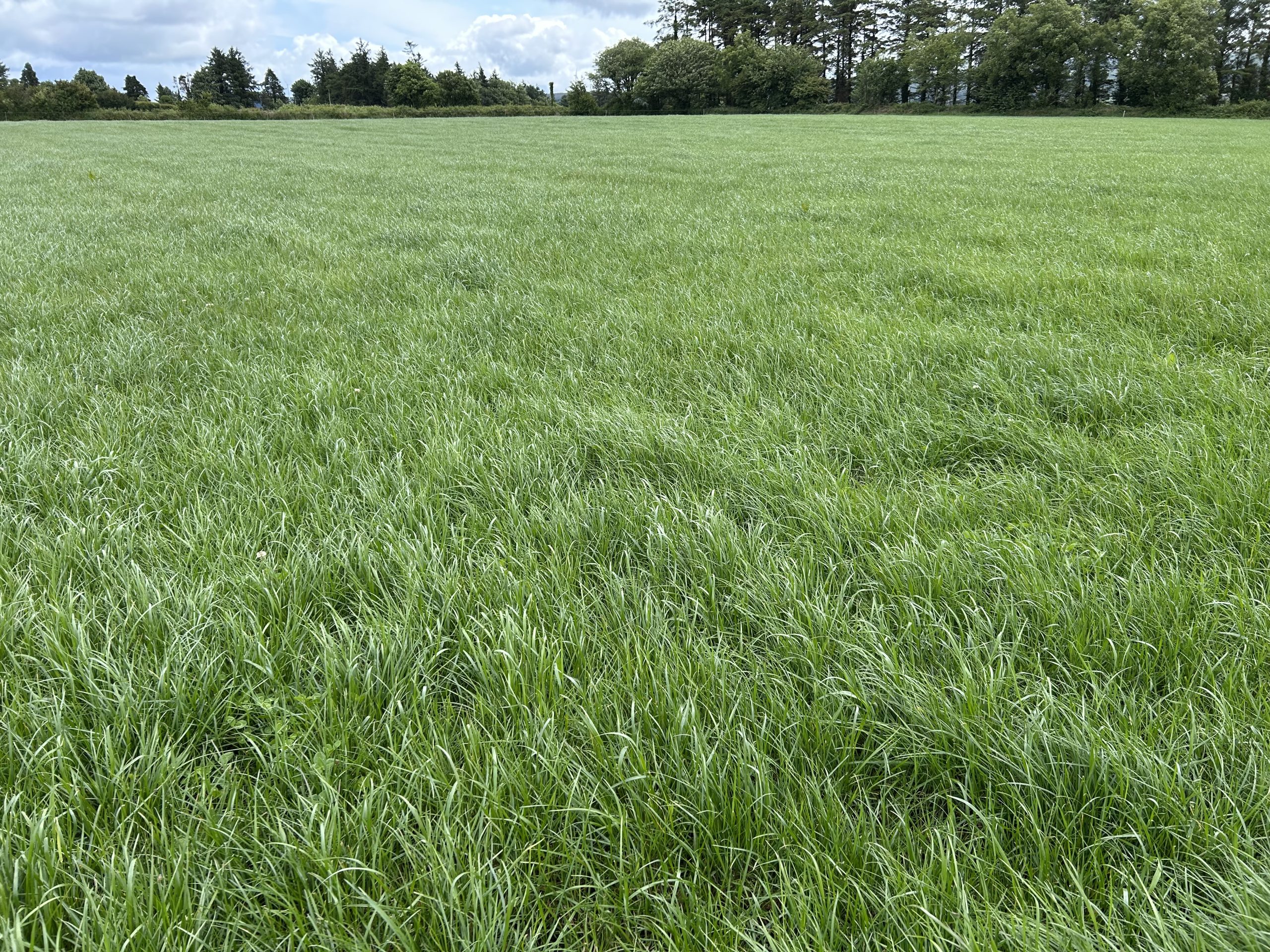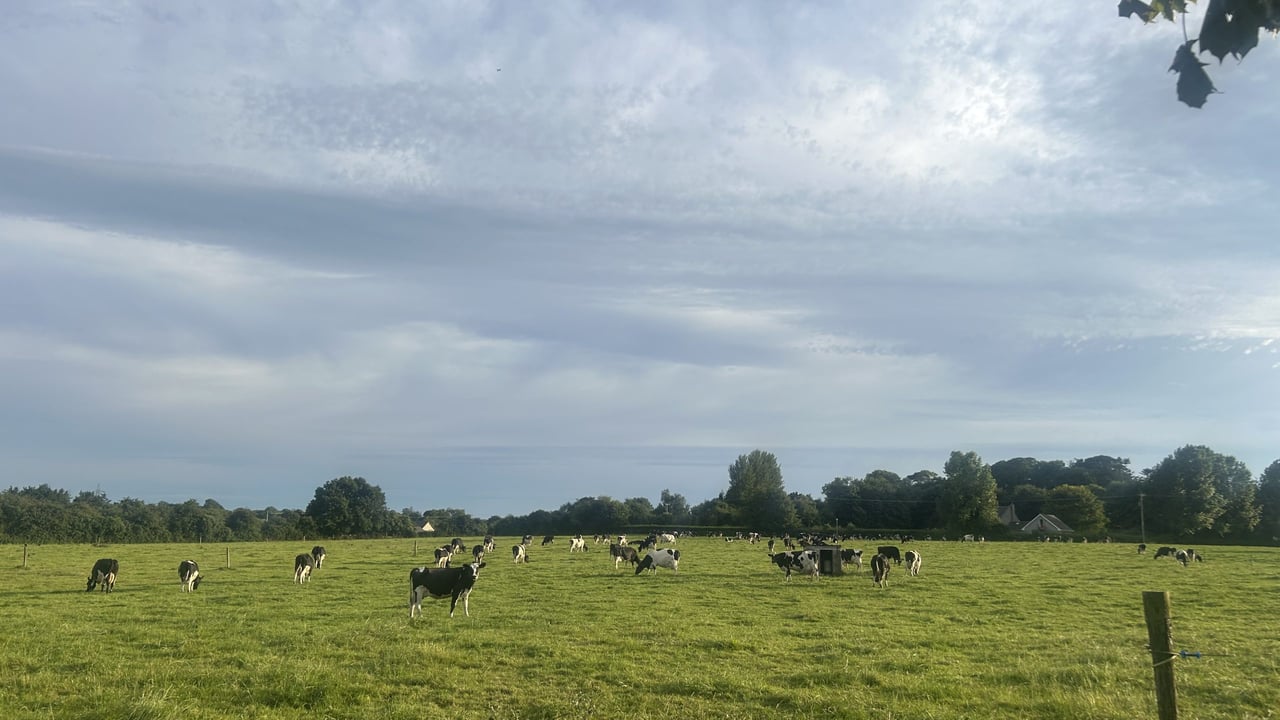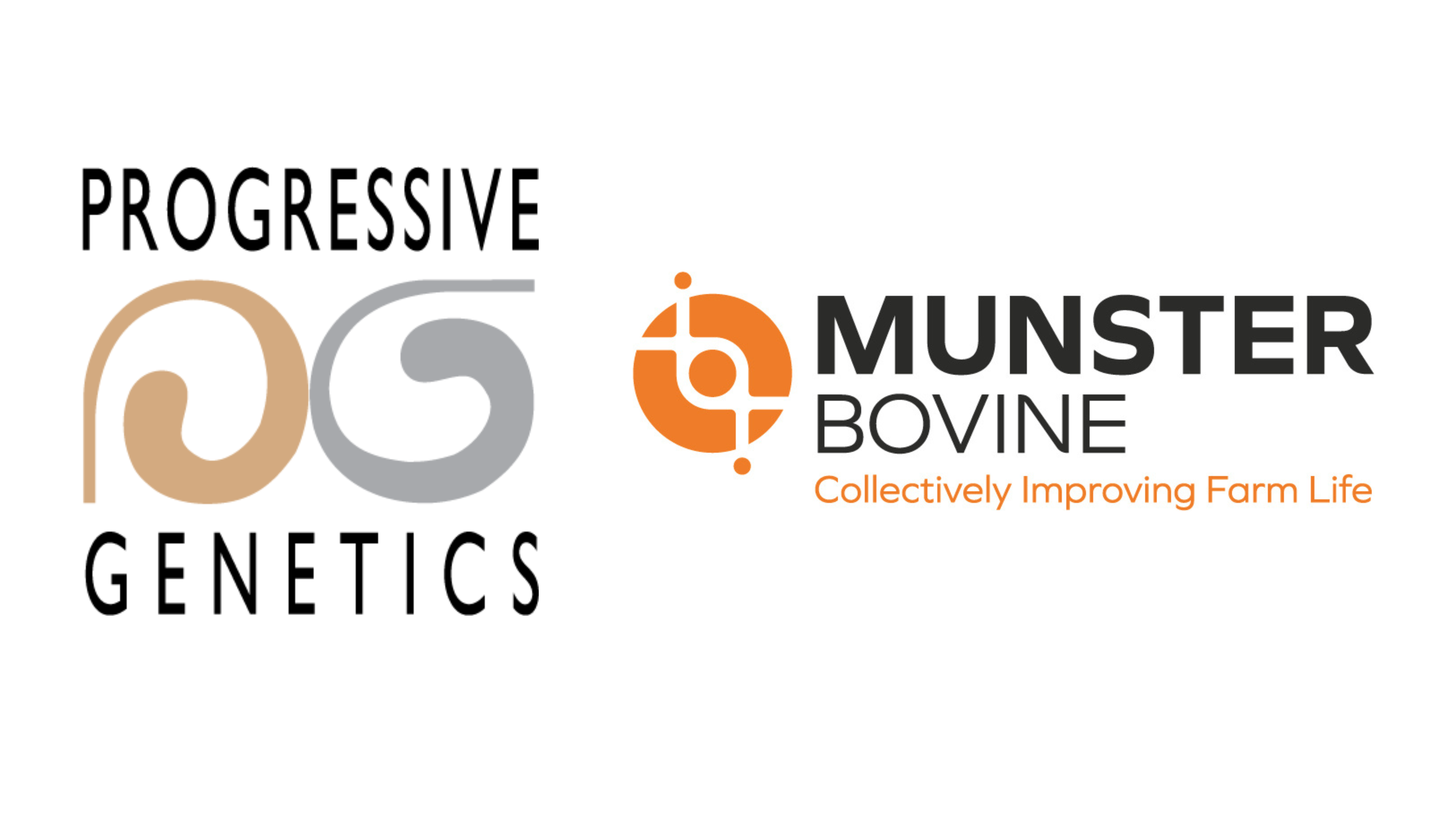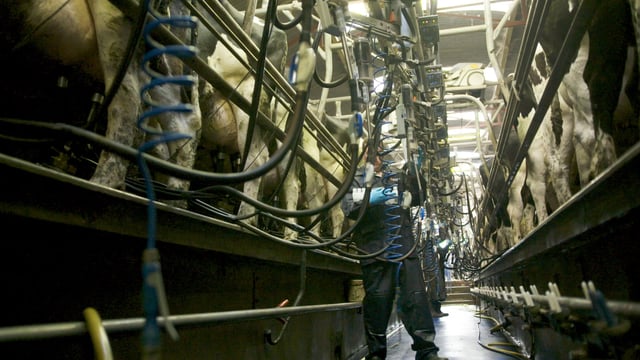Grass: Rain welcomed by many while others deal with surplus
A combination of heat and rain over the last few days should see grass growth rates kick on in the coming week, but the prolonged dry spell and heat last week led growth rates to decline ever so slightly.
Many farmers, particularly in the south and south-east of the country, have been suffering with soil moisture deficits for the last number of weeks and the severe heat last week would have staggered growth even more.
As a result, more farms have entered into a grass deficit, with many farms growing well below 50kg dry matter (DM)/ha and resorting to feeding extra bales or concentrates to slow up the rotation.
On the flip side of that, the northern half of the country - from about south Kildare up and to the west of the country - grass growth has been consistently high and now with rain and heat in the ground, it will be about managing surplus grass growth.
The grass growth average across the country last week sat at 58kg DM/ha, with average farm cover (AFC) of 686kg DM/ha and 204kg DM/livestock unit (LU).
The typical diet across the country, according to Pasturebase Ireland is currently 15kg of grass DM and 4kg of meal with pre-grazing covers at 1,502kg DM/ha.
48% of all farms are in a grass surplus this week, which is likely to increase with recent rainfall and heat. These farms on average sitting at a 248kg DM/LU and an AFC of over 765kg DM/ha.
These farmers need to take out one or two paddocks for surplus bales as soon as possible to ensure cows are grazing covers of 1,400kg DM/ha.
These farmers also need to target a 160-180kg DM/LU and an AFC of 600-7000kg DM/ha while allocating at least 19kg grass DM to cows with 1-2kg of meal, and ensuring that the rotation stays at about 20-21 days.

Rainfall should see many farmers who are in a deficit return to normal covers and growth rates, but if the farm is still only growing about 50kg DM/ha or less, farmers must try and hold the rotation to about 25 days.
These farmers should try to hold their AFC at about 550kg DM/ha. This can be done through removing surplus stock of the grazing platform, grazing after grass or silage ground, or supplementary feeding.
If growth is below the herd's demand, farmers need to try and match growth rate and demand by introducing silage and meal.
Even though some rain has arrived, these farmers may still need to continue supplementary feeding for the next seven to days until the soil fully replenishes and utilises the water to convert it to grass growth.
With growth rates predicted to increase in the next couple of days, farmers need to continue with their fertiliser applications, spreading about 18-20 units/ac of protected urea + sulphur.
For any paddocks that are high in clover content of over 20%, farmers should let the clover work away fixing nitrogen and apply about 2,000gals/ac of dairy washings on these paddocks only.
For farmers who are finished second-cut silage, they should be aiming to get out about 50-60 units of N/ac, 10 units of phosphorus (P)/ac and 50-60 units of potassium (K)/ac.
These rates will vary depending on soil indexes, allowances, and how much fertiliser was spread for the previous cuts, so a plan should be made with your agronomist or adviser.
Farmers should also be thinking about correcting soil pH at this time of the year by spreading lime on paddocks that are cut for surplus bales and spreading lime after second-cut silage, if you are not looking at a potential third cut.





